Plants for Winter Wildlife
We can all give wildlife a helping hand this winter by planting some of these wildlife friendly plants in our gardens.
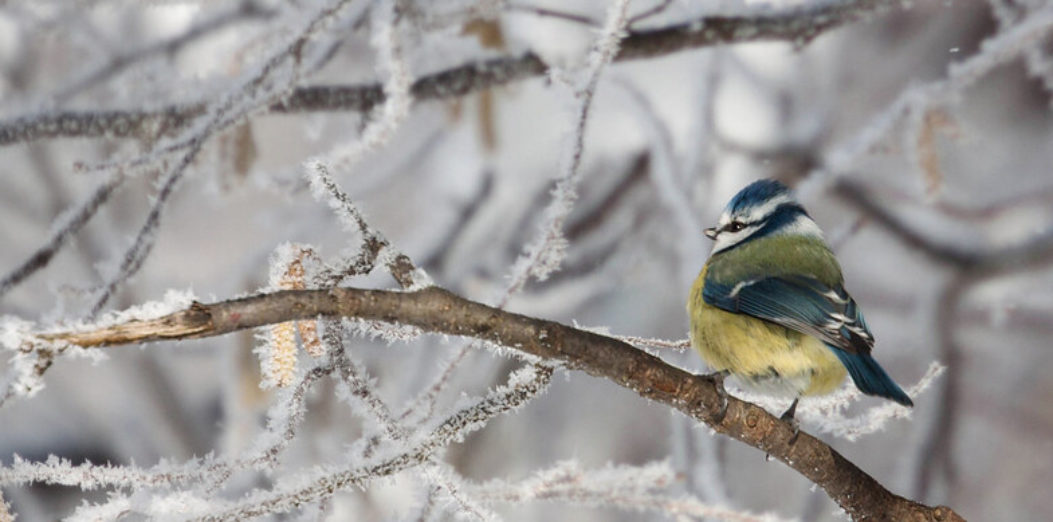
Winter can be tough for British wildlife, with the temperature dropping and food becoming scarce. But by adding just a few of these wildlife friendly plants to your borders you can do your bit to help our garden visitors. The plants mentioned below will provide food for a whole host of insects and birds during the winter months and on top of helping British wildlife you’ll be adding to the interest of your winter garden – wildlife visitors are always such a joy to watch!
Berries for Birds – Evergreens
Evergreens such as Pyracantha, Holly, Cotoneaster, and Ivy produce berries that birds will turn to in late autumn and winter, and they will love to forage for insects amongst the dense foliage.
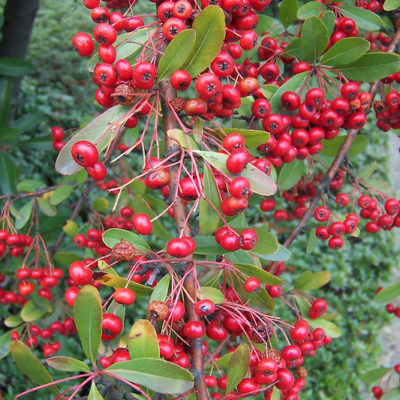
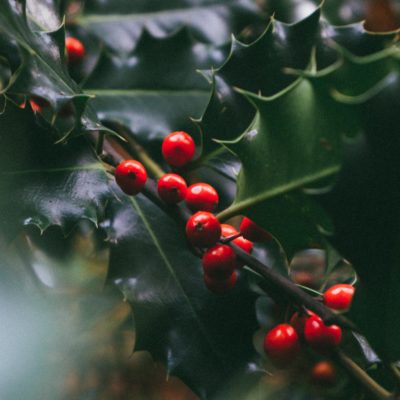
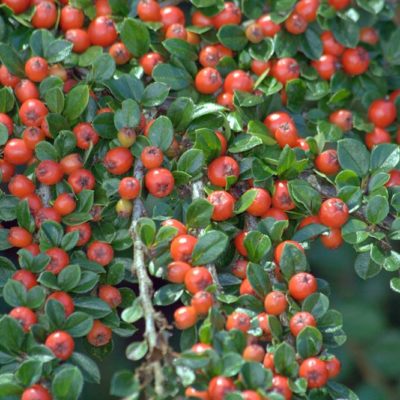
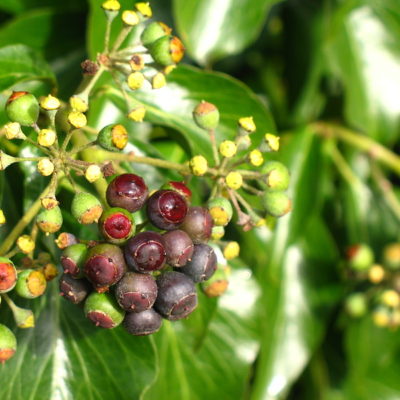
Trees for Birds
Trees such as Rowans and some species of Malus also provide late winter fruit. Delay shrub and hedge pruning if it will remove seeds or fruit that will feed birds and small mammals. Trees such as Silver Birch also produce catkins that the birds will love.
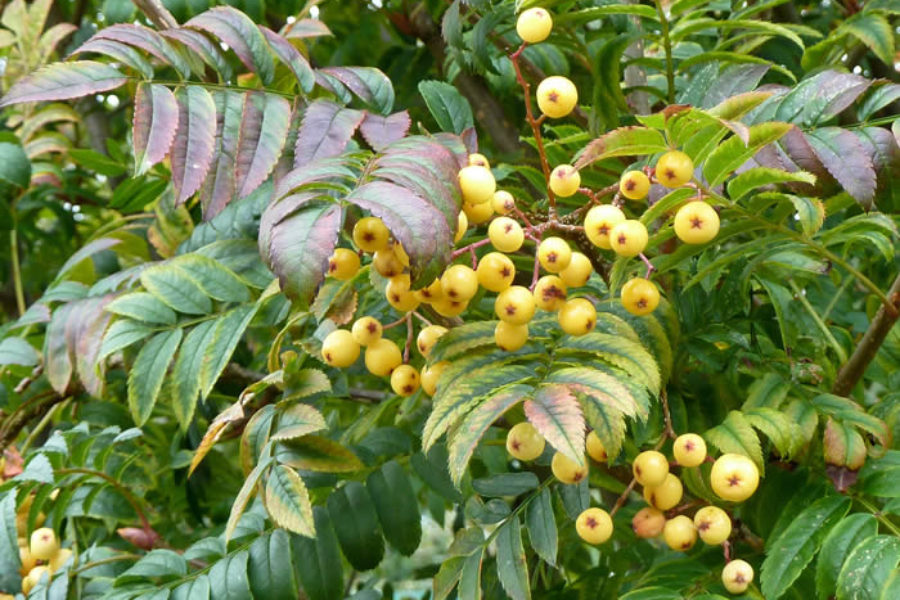
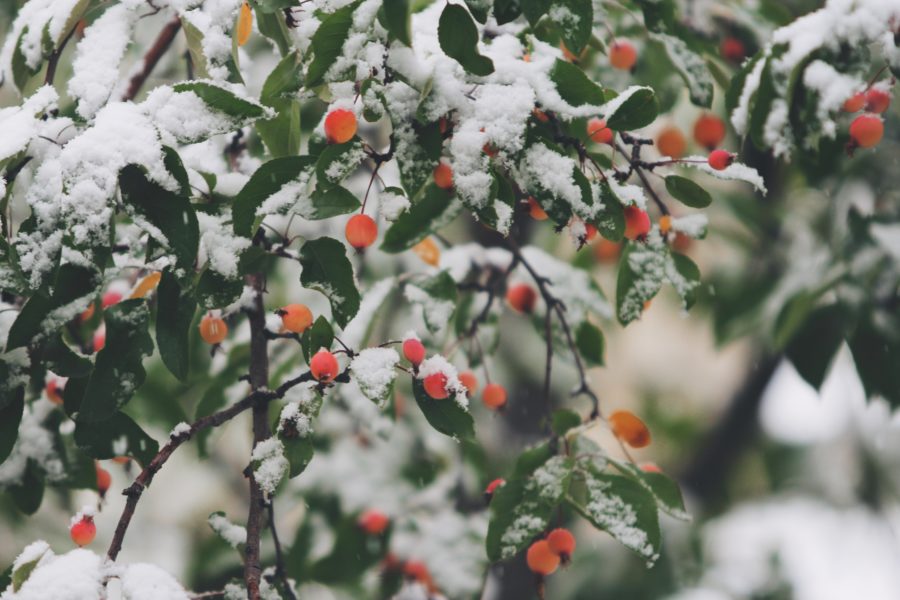
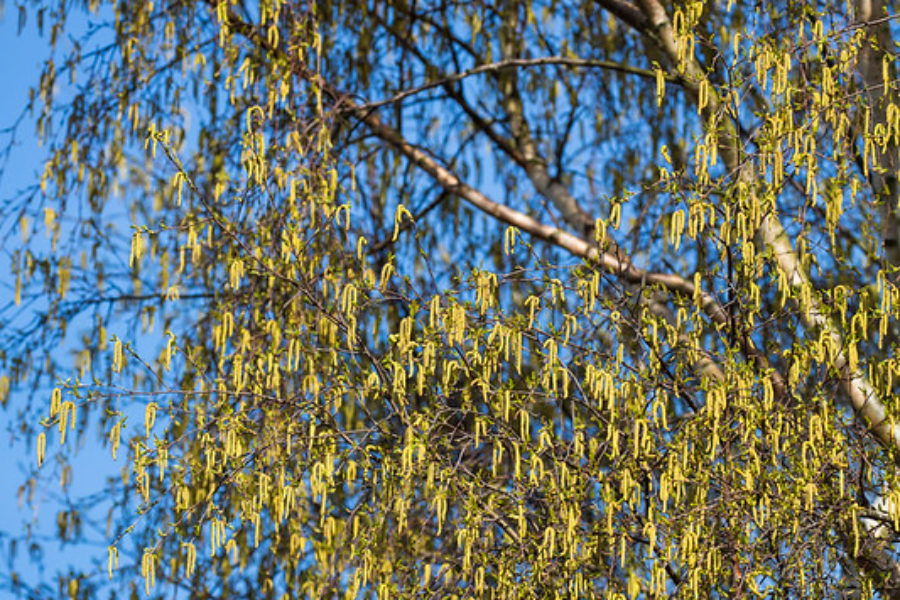
Seedheads for Birds
Seedheads on plants such as Alliums, Honesty, Teasel and Sunflowers should be left standing to provide essential winter food for finches and sparrows (plus they look stunning when sparkling with frost).
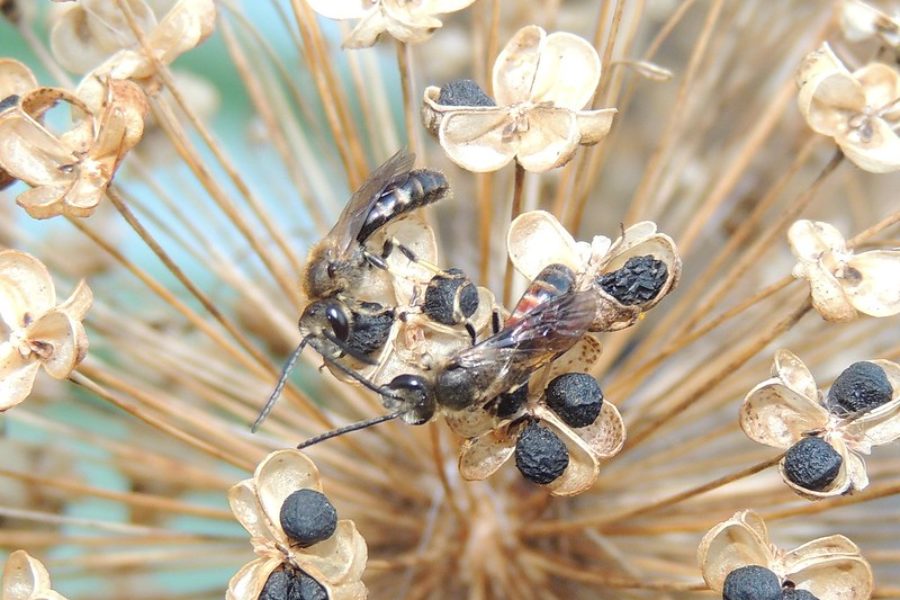
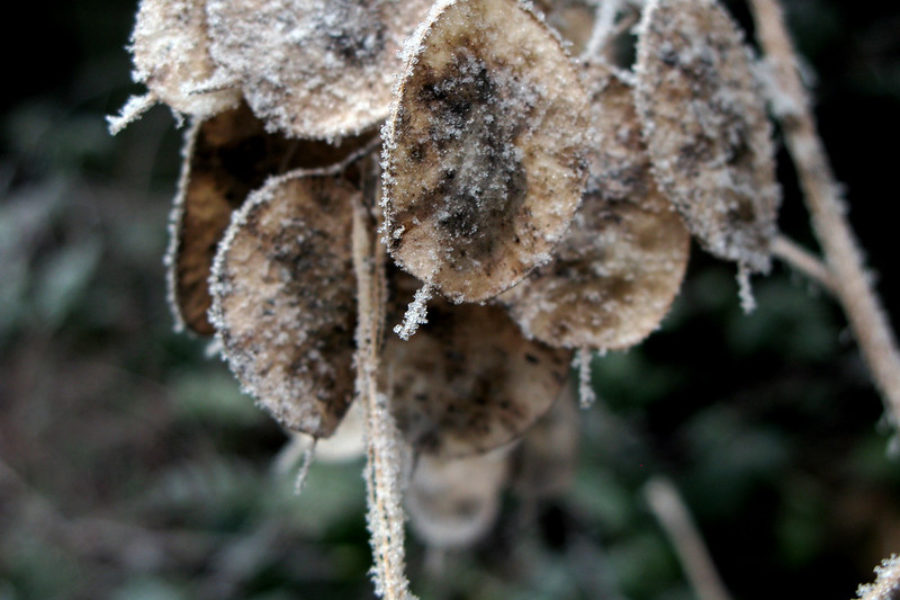
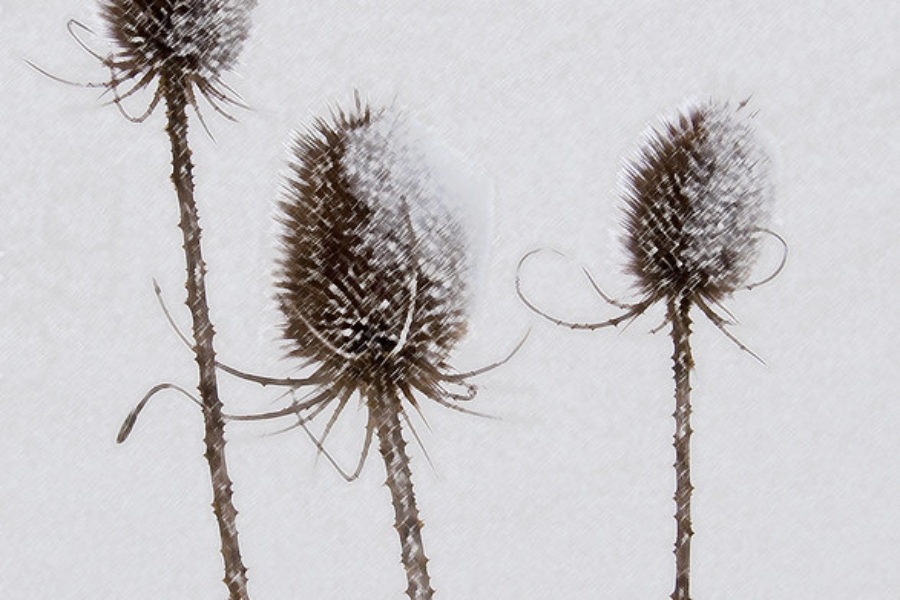
Nectar for Insects
There are plenty of winter flowering perennials and shrubs that provide essential nectar for winter feeding insects as well as adding a splash of colour to your garden:
- Mahonia is a shade-loving shrub which has architectural evergreen foliage and from November to March produces beautifully scented yellow flowers that lure winter-foraging bees.
- The common snowdrop provides vital nectar for bees at the end of winter. To encourage it to naturalise, enrich well-drained soil with leaf mould and plant in staggered groups in semi-shade or shade.
- Erica carnea (winter flowering heather) forms a carpet of nectar-rich magenta flowers during winter and spring. Plant in neutral to acid soil, in sun or semi-shade.
- The elegant white flowers of the Christmas Rose (Helleborus niger) provide nectar from January to March. Grow in well-drained soil in sheltered semi-shade. Remove the evergreen leaves in winter to show off the flowers and prevent disease
- Lonicera fragrantisima (Winter flowering honeysuckle) is perfect for covering walls and fences. It produces flowers in the depths of winter that are filled with nectar for all insects.
- Other options for winter flowering plants are Winter aconite, Witch hazel, Daphne, Winter clematis, Cyclamen, Viburnum x bodnantense, Winter jasmine and Winter box.
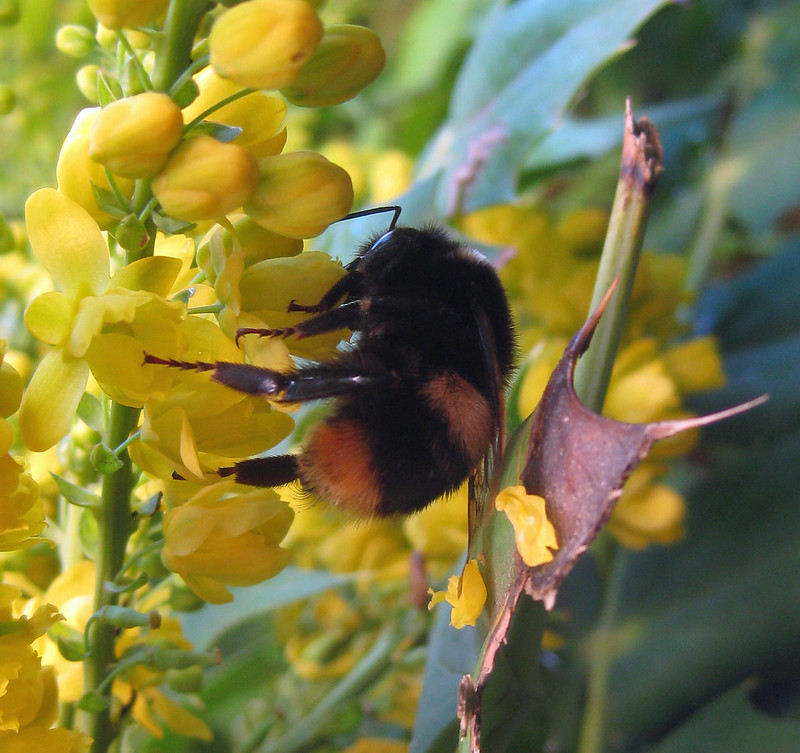
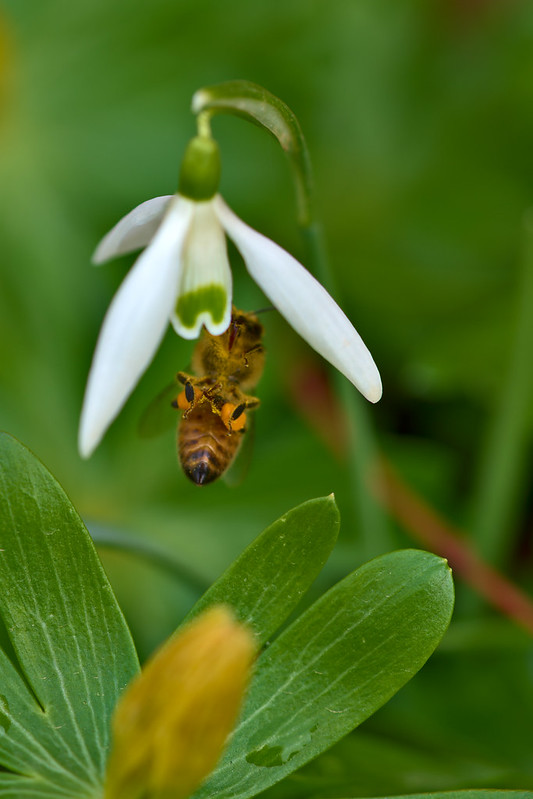
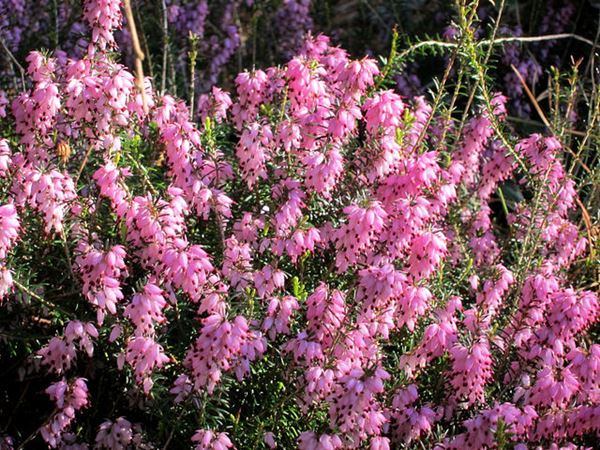
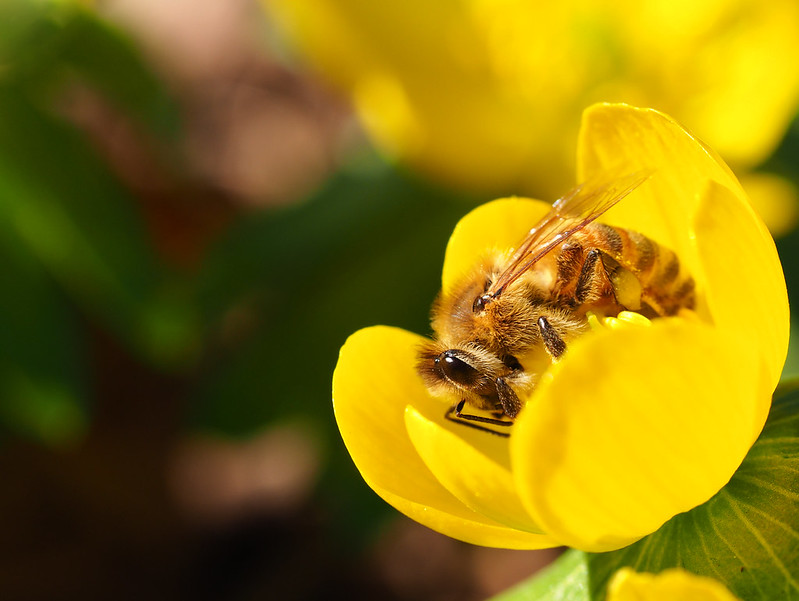

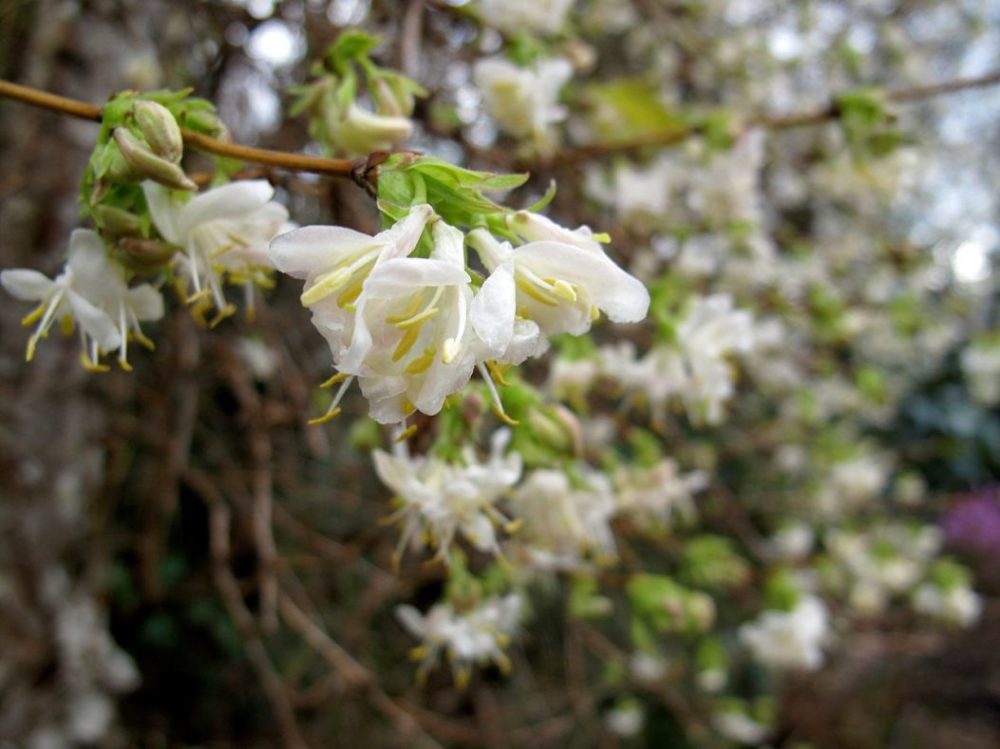
Photo Credits
“winter bird 01” by mathias-erhart is licensed under CC BY-SA 2.0; “Pyracantha 01” by MShades is licensed under CC BY-ND 2.0; Tobias Tullius on Unsplash; Cotoneaster; “Ivy berries” by scoobygirl is licensed under CC BY 2.0; Sorbus ‘Joseph Rock’ Wendy Cutler; Snowy crab apples Photo by John Price on Unsplash; “In the garden, another day of lockdown.” by alh1 is licensed under CC BY-ND 2.0; “Male solitary bees (Lasioglossum albipes?) resting on an allium seedhead, Sandy, Bedfordshire” by orangeaurochs is licensed under CC BY 2.0; “H“New years eve” by wit is licensed under CC BY-SA 2.0.0; “Teasels in the snow 2” by ahisgett is licensed under CC BY 2.0; “November Bee on Mahonia” by D H Wright is licensed under CC BY 2.0; snowdrop bee “Hanging” by pstenzel71 is licensed under CC BY-ND 2.0; Erica carnea; “early spring bee” by michaelmueller410 is licensed under CC BY 2.0; Helleborus Niger; Lonicera